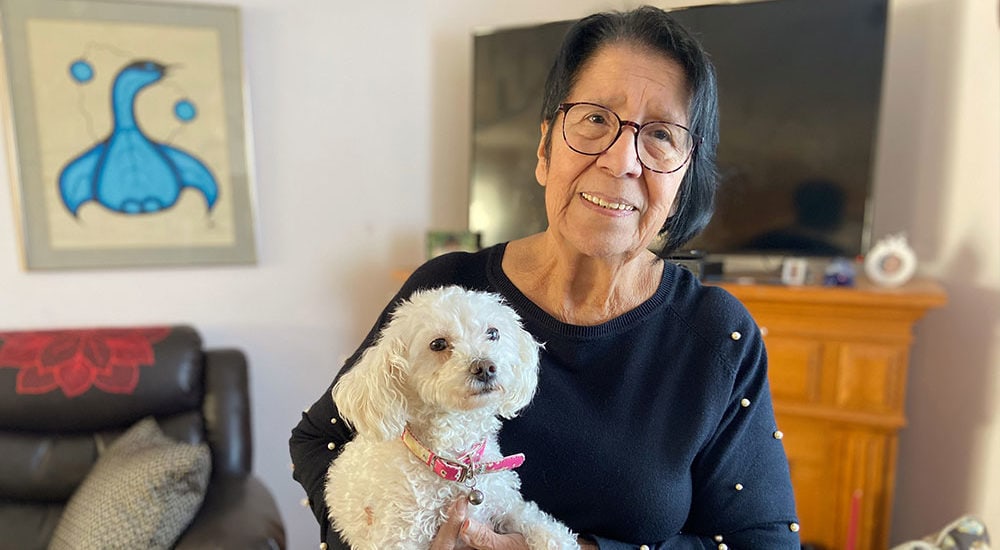
KJIPUKTUK (Halifax) – An excellent multi-part documentary by APTN journalist Trina Roache tackles yet another historic effort to destroy Mi’kmaw culture.
Check out Part 1 here: Uprooted: The little known story about Mi’kmaw history of forced relocation. I believe Part 2 will be released later on Friday April 17.
We’ve all heard of the terrible damage done by residential schools, in Canada, through the work of the Truth and Reconciliation Committee, and in Nova Scotia through heart wrenching memoirs such as Out of the Depths, by Elder Isabelle Knockwood.
See also: The complex truth: Intersections between Day Schools and the Shubenacadie Residential School
In comparison, little is known about a similar project in the 1940s to assimilate the Mi’kmaq in Nova Scotia through centralization, an effort to push Mi’kmaq people out of their traditional communities into just two reserves, at Eskasoni and Sipekne’katik.
Its aim was to separate Mi’kmaq from their traditional lands, much like residential schools aimed to separate Mi’kmaq children from their families, language and traditions.
Centralization would be cheaper, ease complaints from nearby white communities, and provide more control to RCMP, church and other institutions of colonial power.
Thankfully the ever resilient Mi’kmaw communities, led by Chief Ben Christmas, resisted the government’s efforts, and the racist initiative ended in failure.
Historian Daniel Paul has written extensively about the federal and provincial effort to dislocate the Mi’kmaq through lies and broken promises, both in his books and on his website.
Now Trina Roache’s documentary brings this sad history to life in a way only the medium of film can, speaking with survivors and historians, and visiting archives and abandoned campsites.
With a special thanks to our generous donors who make publication of the Nova Scotia Advocate possible.
Subscribe to the Nova Scotia Advocate weekly digest and never miss an article again. It’s free!



